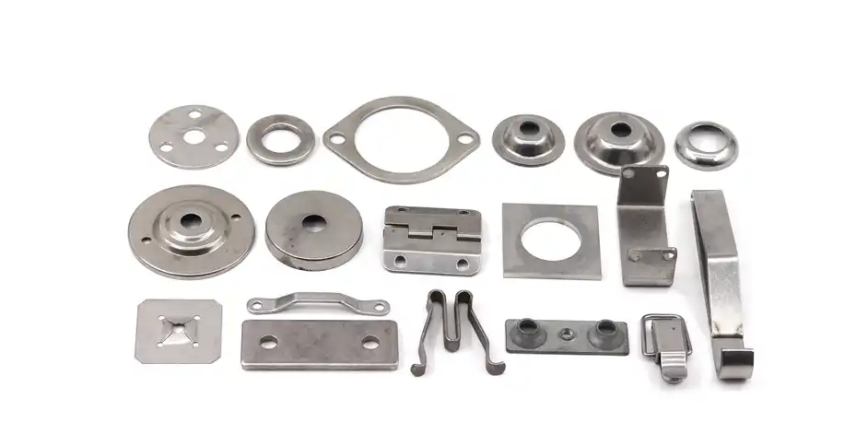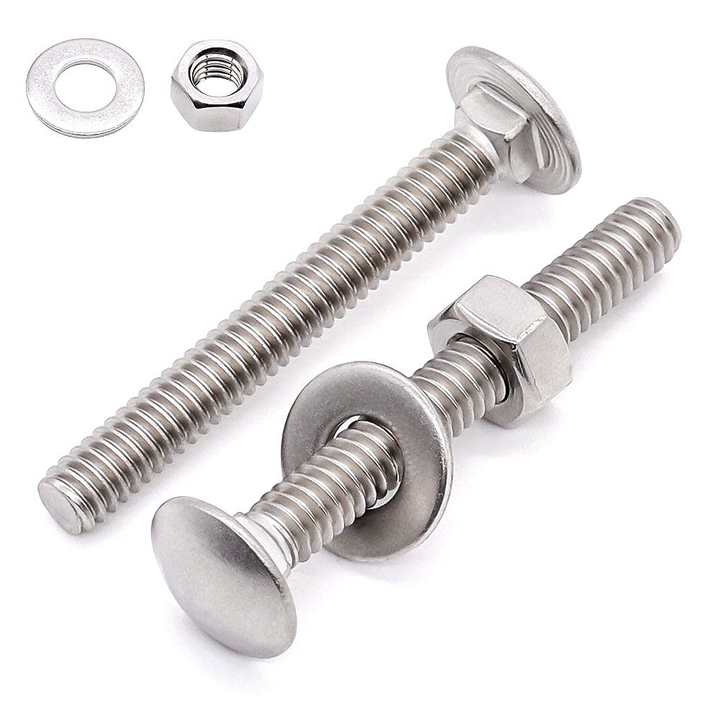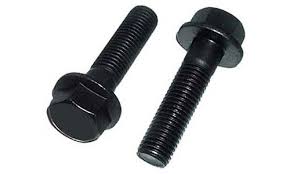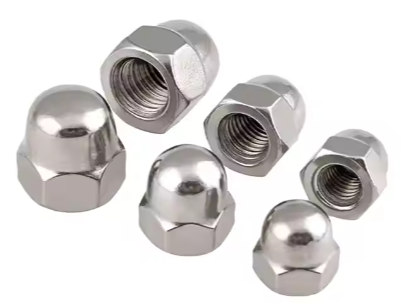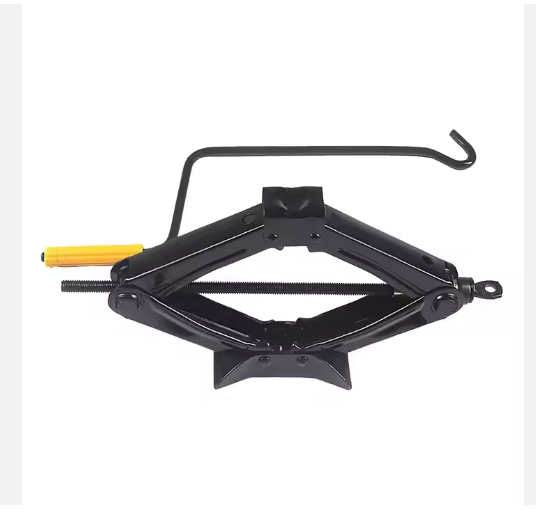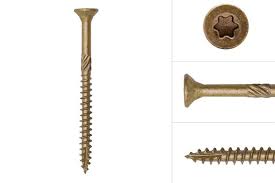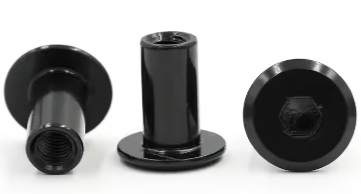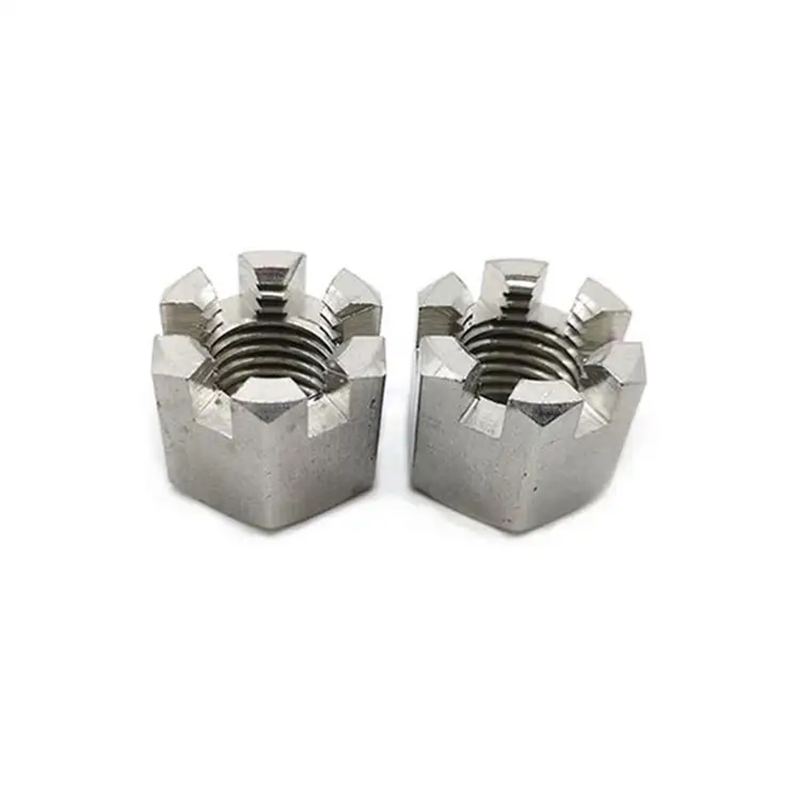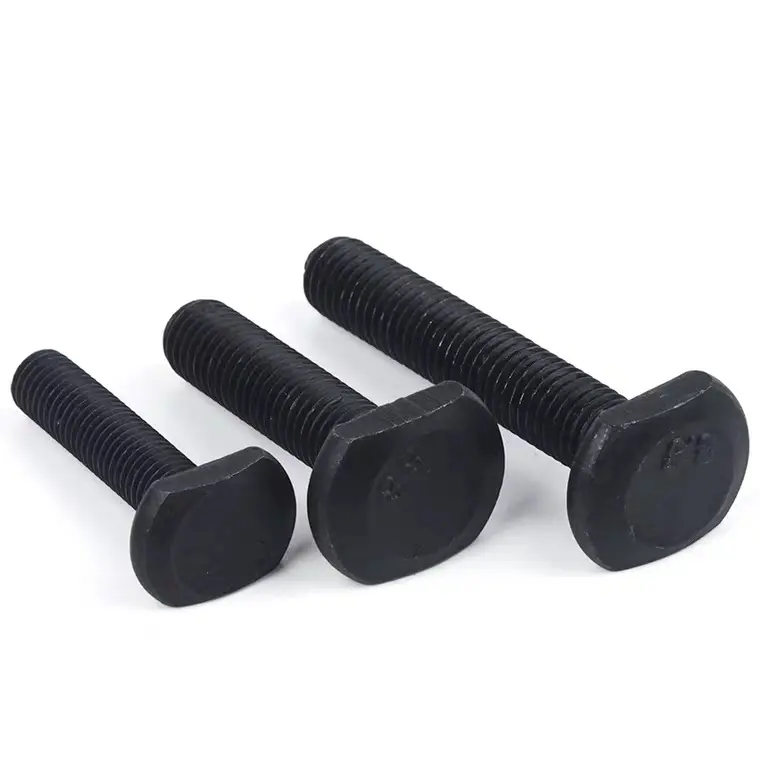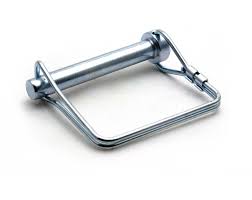

This guide provides a detailed overview of rivet nuts, covering their types, applications, installation methods, advantages, and disadvantages. We'll explore the various materials, sizes, and designs available, helping you choose the right rivet nut for your specific needs. Learn how to install them correctly and troubleshoot common problems. This information is valuable for engineers, manufacturers, and DIY enthusiasts working with sheet metal and other materials.
Rivet nuts, also known as clinch nuts or self-clinching nuts, are internally threaded fasteners that are installed into a pre-punched hole in sheet metal or other thin materials. Unlike traditional nuts and bolts, rivet nuts require no access to the backside of the material, making them ideal for applications where access is limited. They create a strong, permanent fastening solution.
Several types of rivet nuts exist, each designed for specific applications and materials. Common types include:
Rivet nuts are typically made from steel, stainless steel, aluminum, or other materials depending on the application's requirements. Steel offers high strength, while stainless steel provides corrosion resistance. Aluminum is lighter but might have lower strength.
Rivet nuts are typically installed using a specialized tool, such as a rivet nut setting tool. This tool uses a mandrel to deform the rivet nut, expanding it securely into the pre-punched hole. The specific installation method will vary depending on the type of rivet nut and the available tooling. Incorrect installation can lead to a weak or unreliable connection.
To install rivet nuts efficiently and correctly, you'll need a suitable setting tool. These tools are available in various sizes and configurations to accommodate different rivet nut sizes and types. Some tools are manual, while others are pneumatic or electric, offering faster and more consistent installation.
| Advantages | Disadvantages |
|---|---|
| Strong and reliable fastening | Requires specialized tooling |
| No access needed to the backside of the material | Can be more expensive than other fastening methods |
| Versatile and suitable for various materials | Installation may require some skill and practice |
| Creates a permanent joint | Can be difficult to remove |
Selecting the appropriate rivet nut involves considering several factors, including the material thickness, the required strength, the available space, and the desired finish. Consult manufacturer specifications and datasheets for detailed information on each rivet nut type and its capabilities. Always prioritize safety and ensure the selected rivet nut meets the necessary standards for your application.
For a wide selection of high-quality rivet nuts and related products, visit Hebei Dewell Metal Products Co., LTD. They offer a diverse range of fasteners and expertise in the field. Their commitment to quality and customer satisfaction makes them a reliable source for all your fastening needs.
Remember to always consult relevant safety guidelines and manufacturer instructions when working with rivet nuts and related tools.

